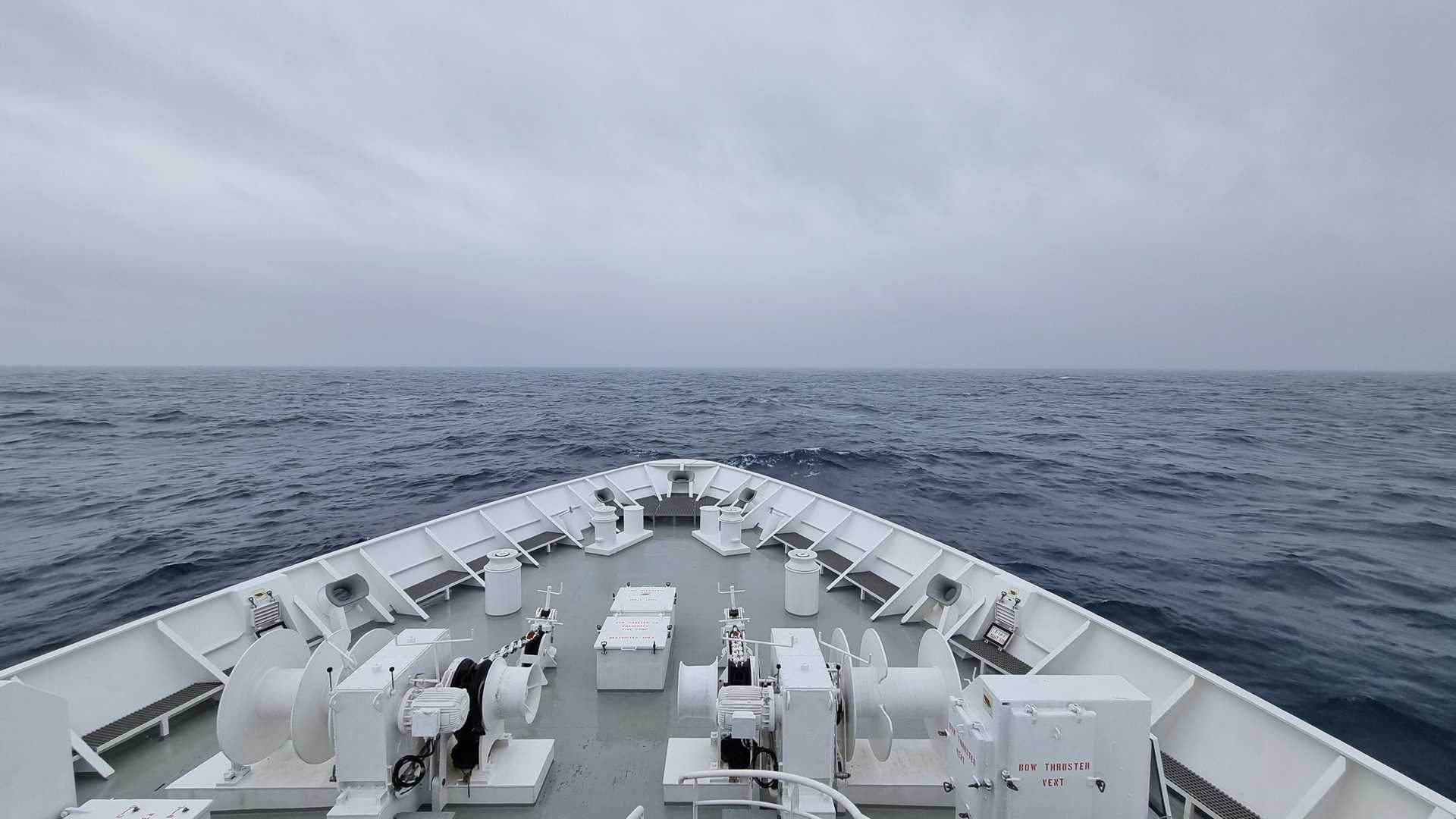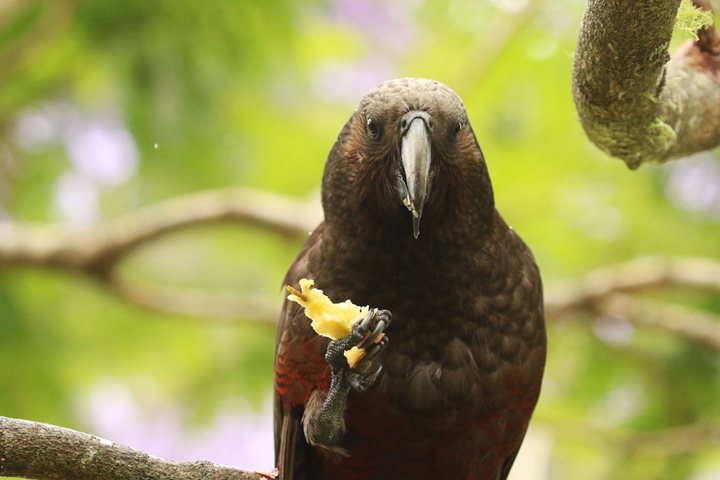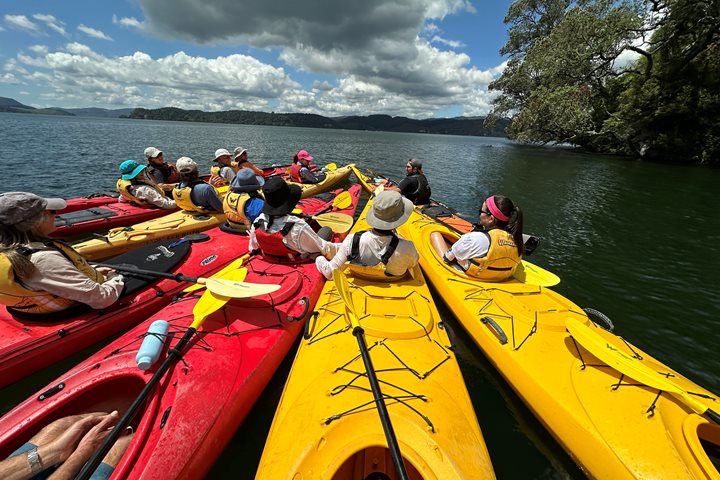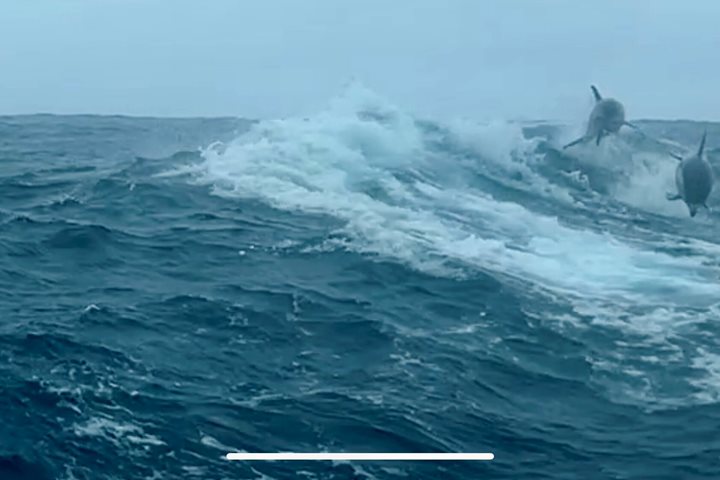Onboard National Geographic Orion we awoke again in the sheltered Tasman Bay (Te Tai-o-Aorere), that was originally known in English as Blind Bay. Feeling grateful for calm sheltered waters from the nearby passing storms, we soon hauled up the anchor and continued around the coast and eventually back on our course heading south towards our destinations on the South Island of New Zealand. By the afternoon we had the swell and the wind following us on the stern providing us with a comfortable cruise.
The day at sea passed very quickly with plenty to absorb from our expedition team providing a range of intriguing presentations and evening recaps. National Geographic Orion’s outstanding hospitality team kept our spirits high and our appetites quenched! With busy days yet ahead of us on our journey, today was a day for relaxation and contemplation.






